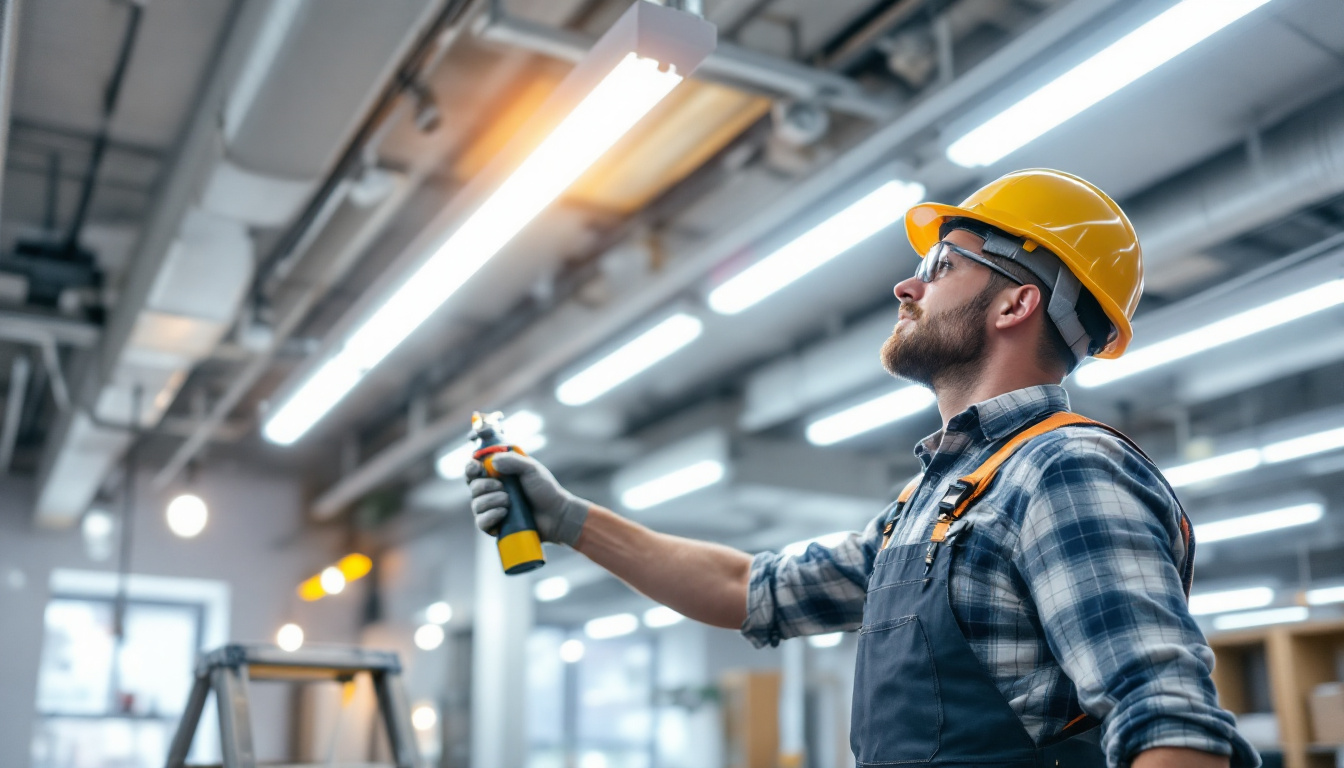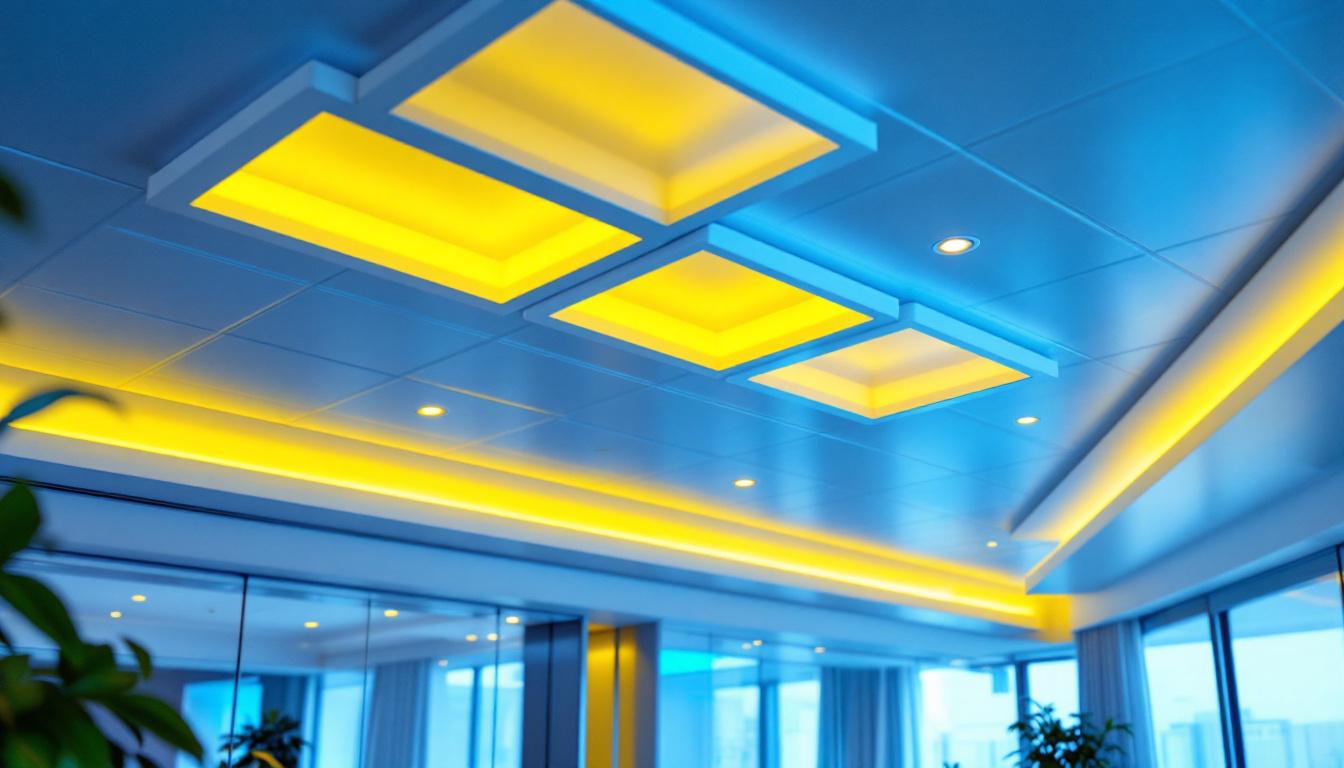
When it comes to creating the perfect atmosphere in a bar, lighting plays a pivotal role. The right lighting can enhance the aesthetic appeal, influence customer mood, and even affect the overall experience. For lighting contractors, understanding the nuances of bar lighting is essential to delivering exceptional results. This article will explore everything you need to know about lights for over a bar, from types of fixtures to design considerations.
Before delving into specific lighting options, it’s crucial to understand the unique needs of bar environments. Bars often serve as social hubs, where ambiance is key to customer enjoyment. Therefore, lighting must be functional yet inviting, striking a balance between visibility and atmosphere. The right lighting can transform a bar from a mere drinking establishment into a vibrant social space, encouraging patrons to linger longer and enjoy their surroundings.
Moreover, the psychological impact of lighting should not be underestimated. Warm, soft lighting can create a sense of intimacy and comfort, making guests feel more at ease. Conversely, brighter, cooler lighting can energize the space, appealing to a younger crowd looking for a lively night out. Understanding the target demographic and the desired vibe of the bar is essential in selecting the appropriate lighting scheme.
In a bar setting, three primary types of lighting are typically employed: ambient, task, and accent lighting. Each serves a distinct purpose and contributes to the overall experience. The interplay between these lighting types can create a dynamic environment that adapts to different times of the day and types of events.
When planning lighting for a bar, several factors should be taken into account:
With a clear understanding of the lighting needs and factors to consider, the next step is selecting the right fixtures. The choice of fixtures can dramatically impact both functionality and aesthetics.
There are several types of light fixtures that work well over a bar:
In today’s world, energy efficiency is more important than ever. Choosing LED fixtures not only reduces energy consumption but also lowers maintenance costs due to their longer lifespan. Additionally, many LED options come in a variety of color temperatures, allowing for customization of the ambiance.
Incorporating smart lighting systems can also enhance energy efficiency. These systems allow for dimming, color changes, and scheduling, enabling bars to adjust lighting based on the time of day or specific events.
Once the fixtures have been selected, the next step is designing the lighting layout. A well-thought-out layout can enhance the overall functionality and aesthetic appeal of the bar.
Dividing the bar into zones can help create a more dynamic atmosphere. For example, the bar area may require brighter task lighting, while lounge areas could benefit from softer, ambient lighting. Consider using different fixtures and intensities to delineate these zones effectively.
Additionally, incorporating dimmable fixtures allows for flexibility in adjusting the mood throughout the day. For instance, brighter lighting may be appropriate during happy hour, while softer lighting can create a more relaxed atmosphere later in the evening.
The height at which fixtures are installed can significantly affect the lighting quality. Pendant lights should be hung at a height that allows for adequate illumination without obstructing views or creating glare. A general guideline is to hang them 30 to 36 inches above the bar surface.
For track lighting, positioning the fixtures at varying heights can create visual interest and depth. This approach can also help in directing light to specific areas that require more illumination.
The color temperature of the lighting can greatly influence the mood of the bar. Color temperature is measured in Kelvin (K), with lower numbers indicating warmer light and higher numbers indicating cooler light.
Warm lighting (around 2700K to 3000K) creates a cozy and inviting atmosphere, making it an excellent choice for bars aiming for a relaxed vibe. This type of lighting enhances skin tones, making patrons look more appealing and encouraging them to linger.
On the other hand, cooler lighting (above 4000K) can create a more energetic and vibrant atmosphere, which may be suitable for bars that cater to a younger crowd or those hosting events. The right balance between warm and cool lighting can be achieved by mixing different fixtures or using adjustable LED options.
Implementing lighting controls can enhance the bar experience further. Dimming systems allow for easy adjustments to the brightness levels, while color-changing LED systems can create dynamic effects that align with events or themes.
Consider integrating smart technology that allows staff to control lighting via smartphones or tablets. This flexibility can streamline operations and enhance the customer experience.
While aesthetics and ambiance are essential, safety must also be a priority when designing bar lighting. Proper lighting can prevent accidents and ensure a comfortable environment for both patrons and staff.
Ensuring that pathways and exits are well-lit is crucial for safety. This includes areas where patrons may walk, as well as emergency exits. Utilizing brighter task lighting in these areas can help prevent accidents and ensure that patrons can navigate the space easily.
Additionally, exit signs should be clearly visible and illuminated, complying with local safety regulations. Regular maintenance checks should be conducted to ensure that all lighting fixtures are functioning correctly.
When selecting fixtures, consider materials that are durable and easy to clean. Bars can be high-traffic areas, and fixtures may be exposed to spills and other wear and tear. Materials like stainless steel, glass, and high-quality plastics can withstand the rigors of a bar environment while maintaining their aesthetic appeal.
The world of bar lighting is constantly evolving, with new trends emerging regularly. Staying updated on these trends can help lighting contractors provide innovative solutions to their clients.
Industrial and vintage lighting styles have gained popularity in recent years. Exposed bulbs, metal fixtures, and reclaimed materials can create a unique and trendy atmosphere. These styles often evoke a sense of nostalgia, appealing to a wide range of customers.
Incorporating vintage elements can also allow for creativity in fixture selection, enabling contractors to mix and match styles for a more personalized touch.
The rise of smart technology has made its way into bar lighting as well. Smart lighting systems not only offer energy efficiency but also allow for customization and control at the touch of a button. These systems can be programmed to change colors, dim, or even sync with music, enhancing the overall experience for patrons.
Lighting is an essential component of bar design that goes beyond mere functionality. For lighting contractors, understanding the intricacies of bar lighting can lead to successful projects that enhance the customer experience. By considering factors such as fixture types, layout, color temperature, and safety, contractors can create inviting and dynamic spaces that keep patrons coming back.
As trends continue to evolve, staying informed about new technologies and styles will ensure that lighting solutions remain fresh and relevant. Ultimately, the goal is to create an atmosphere that not only meets the needs of the bar but also captivates and engages its patrons.
Ready to elevate your bar lighting projects with the perfect fixtures that promise quality, affordability, and style? Look no further than LumenWholesale. Our extensive selection of spec-grade lighting products is designed to meet the highest industry standards, ensuring your installations stand out for their reliability and performance. With unbeatable wholesale prices and the convenience of free shipping on bulk orders, you can trust us to light up your space without the burden of hidden fees. Transform your bar’s ambiance and captivate your clientele with the best value in lighting. Visit LumenWholesale today and experience the seamless blend of quality and convenience for all your lighting needs.

Discover the essentials of LED retrofit lighting kits and why they’re a game-changer for lighting contractors.

Discover everything about LED drop ceiling tiles for lighting, including benefits, installation tips, and cost savings. Enhance your space—learn more now!.

Discover the essential guide to humidity switches tailored for lighting contractors.

Discover essential tips and expert advice for lighting contractors on mastering the installation and maintenance of light fixture electrical boxes.